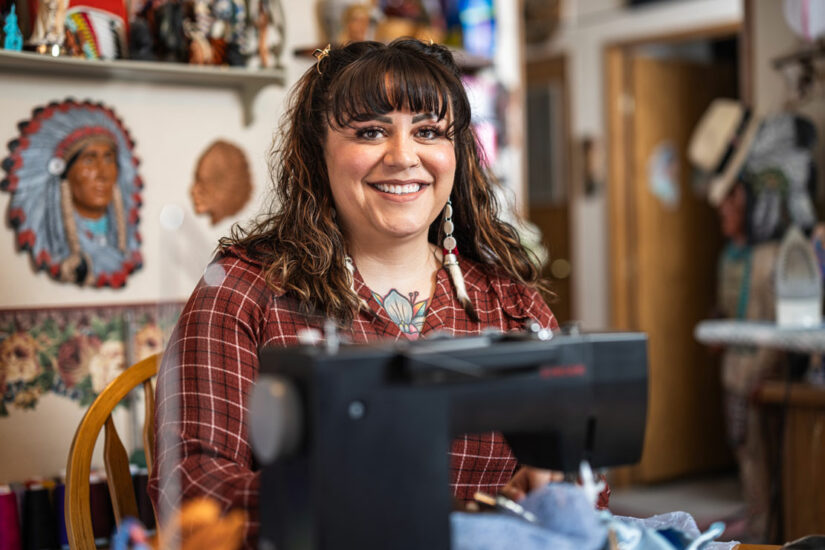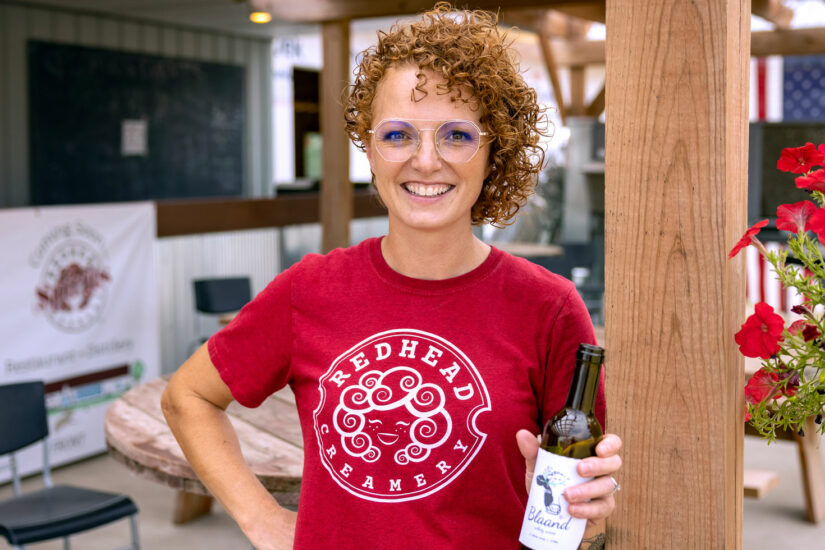Better Greens
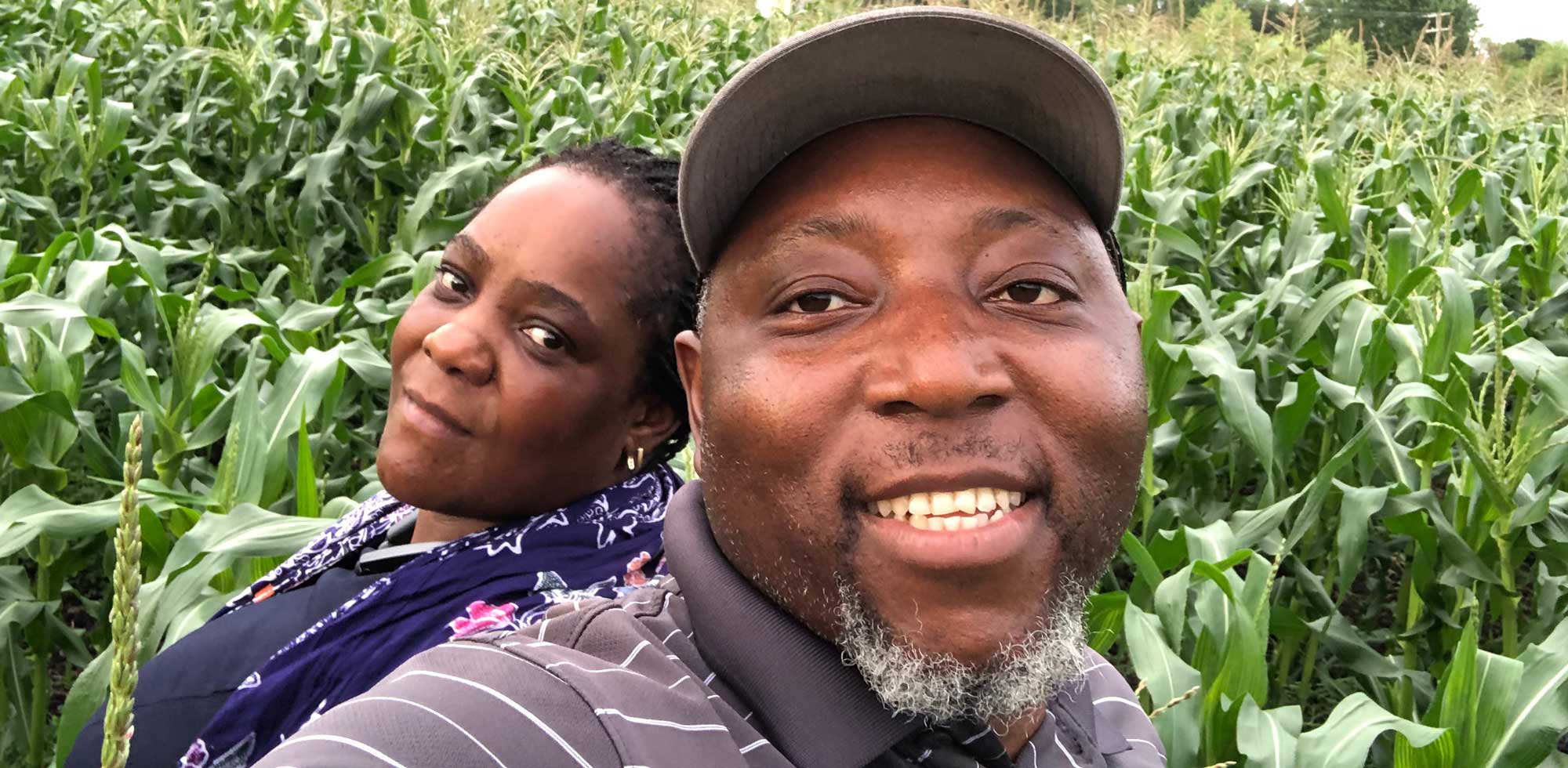
Montrose, Minn.
By Maria Surma Manka | Photos submitted by Funwi Vitalis Tita
If you asked most Minnesotans whether Central African crops could successfully grow in our state, many would be skeptical. But with the right mix of science, creativity and care, Montrose-based Better Greens, LLC, is meeting a culinary demand in our diverse region.
Funwi Vitalis Tita is originally from Cameroon and moved to the United States in 2001 to attend the University of Wisconsin-Platteville. Eventually settling in Minnesota with his wife Jennet—also from Cameroon—he was working for a nonprofit organization that he helped found when he and Jennet began growing African greens and vegetables in their backyard garden. They wanted to create the foods and dishes of Cameroon to feed their life in Minnesota.
“I grew up on a farm, so I was familiar with the business and I have a great love of nature,” said Tita. Soon, he and Jennet were sharing yields with family and friends. Then strangers offered to pay them for it. “As the interest grew, we realized we could capitalize on it,” said Tita, who acquired more land and equipment and established Better Greens, LLC, in 2016.
The African community in Minnesota and throughout the country yearns to eat the greens and vegetables they grew up with, but multiple factors can make that challenging. “Oftentimes, they spoil before they arrive, or there’s an issue with U.S. Customs, or they don’t have the nutritional value they should have,” Tita explained.
Better Greens, LLC, became a business when necessity met passion. Today the company supplies fresh and frozen African greens and vegetables to support the dietary needs and wants of African communities in Minnesota and around the country.
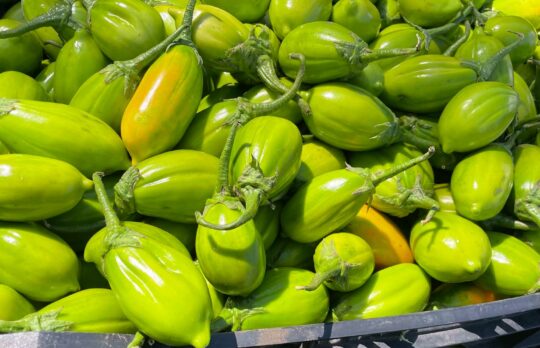
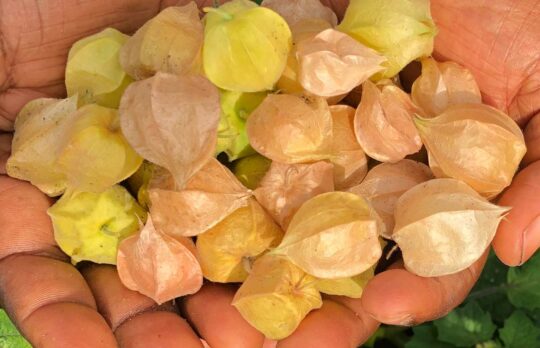
Feeding a Community
1. Better Greens is truly a family business. The Titas’ five children—ages 6 to 18—help throughout the year. Temporary workers are hired for weeding and harvesting, and Tita hopes to hire their first part-time role this year.
2. The largest customer base is African immigrants living in the United States, though Tita says he wants to make the produce accessible to everyone.
3. Better Greens’ produce is sold mainly to individuals. “We sell a lot of fresh greens and vegetables in the summer,” said Tita. “For customers in other states, we can process, package and ship frozen options.”
4. Although some grocers have shown interest in selling Better Greens produce, limited land keeps the business from scaling. Last season’s eight acres of leased farmland are now unavailable, and Tita has secured just four acres for the upcoming season. “To meet demand, we need 15 to 20 acres,” he said. “The market is ready to absorb whatever we can produce.”
5. Experimenting with a variety of tropical vegetables has had its surprises. Bitter leaves grow perennially in Cameroon’s hot, humid weather and are hardy enough to last until October in Minnesota. Another crop that does surprisingly well here in Minnesota in the fall? Mangoes. They flourish in September when temperatures cool down.
6. One stubborn plant is the okongobong (a form of pumpkin leaf). It grows easily in Africa, but it’s proving to be a challenge in Minnesota. “I’ve taken it to greenhouses, but they can’t grow it even in perfect conditions.” Tita hopes to contact the University of Minnesota for assistance with the popular produce.
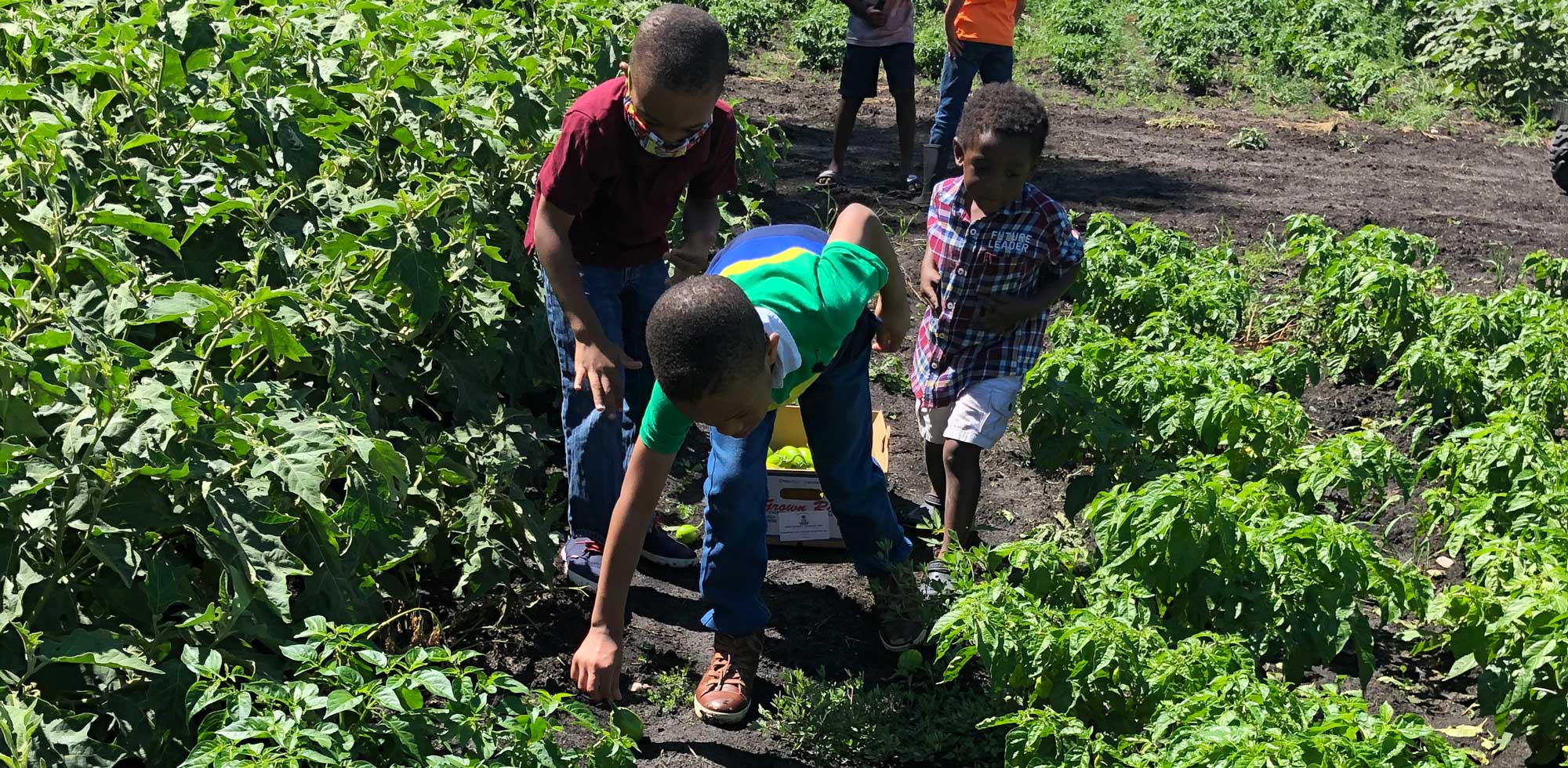
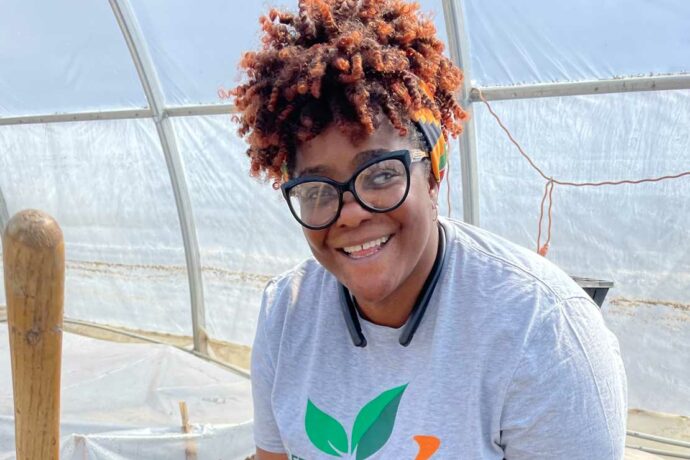
7. Coming from a large and diverse continent, African produce may have different names depending on the region. The huckleberry is known as jamajama in Cameroon and managu in Nigeria. The Titas are researching plant names to include variations on the website and on social media.
8. Better Greens received a 2022 microenterprise grant from the Initiative Foundation. Tita says the Initiative Foundation grant “was an absolute necessity” because last year’s drought was so detrimental. Even more important, he says, is what the grant signifies: “For people like me … the likes of the Initiative Foundation grant becomes a saving grace.”
9. The Titas dream of adding permanent infrastructure that would enable Better Greens to scale and negotiate confidently with markets and grocers. “I’m looking at grants and funding, and my wife and I have discussed opening up for investment,” Tita said. “Our goal is to see African vegetables accessible on traditional grocery store shelves in all parts of the country.”
Related Articles
Long Prairie Drive-in Theater
This magical Minnesota landmark makes it worth the drive to watch a movie. Read More
Adrienne Benjamin
Benjamin crafts career as Anishinaabe artist, equity advocate, cultural educator. Read More
Redhead Creamery Spirits
Redhead Creamery is diversifying its dairy and entering a new market: distilled spirits. Read More

